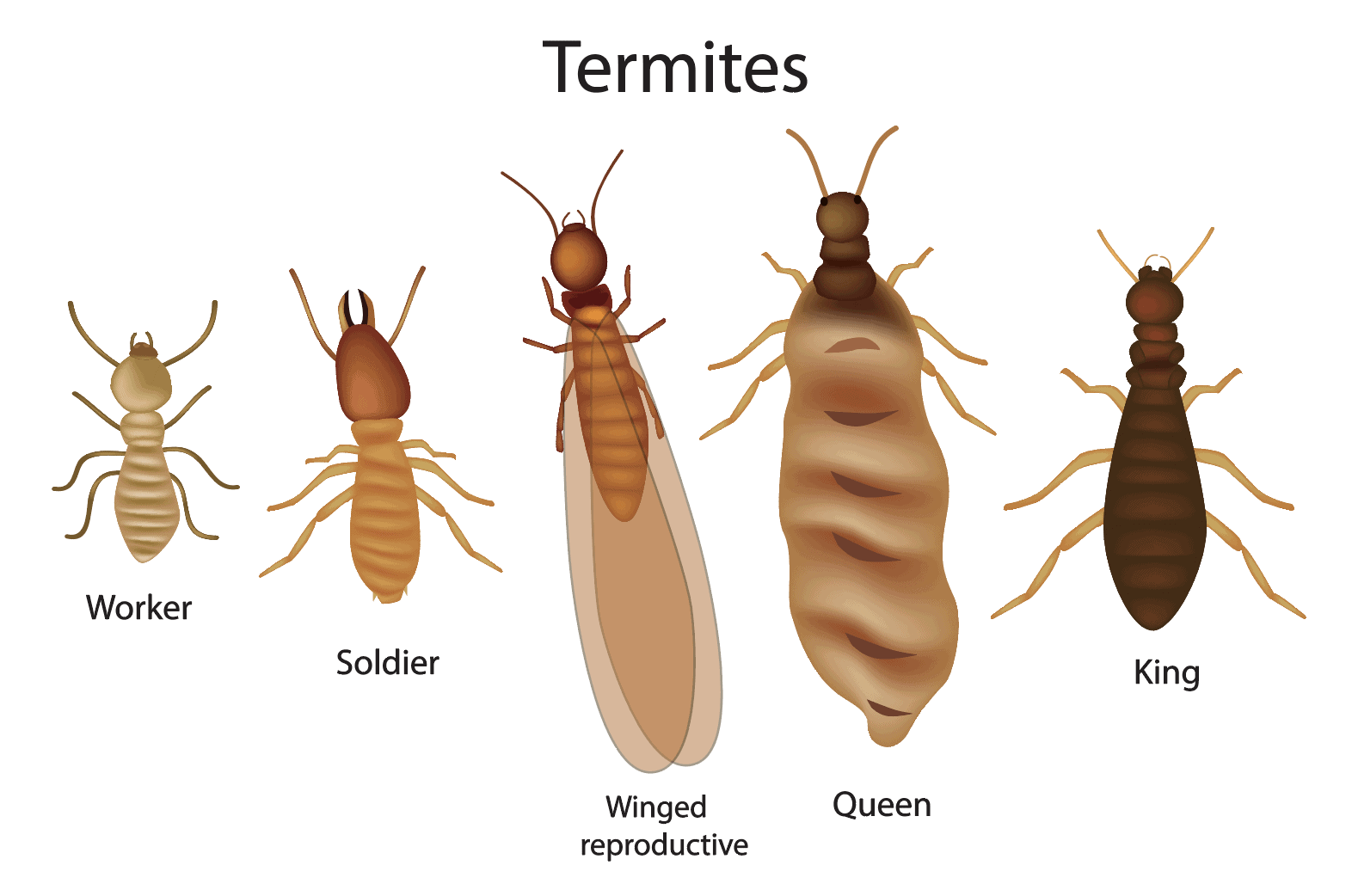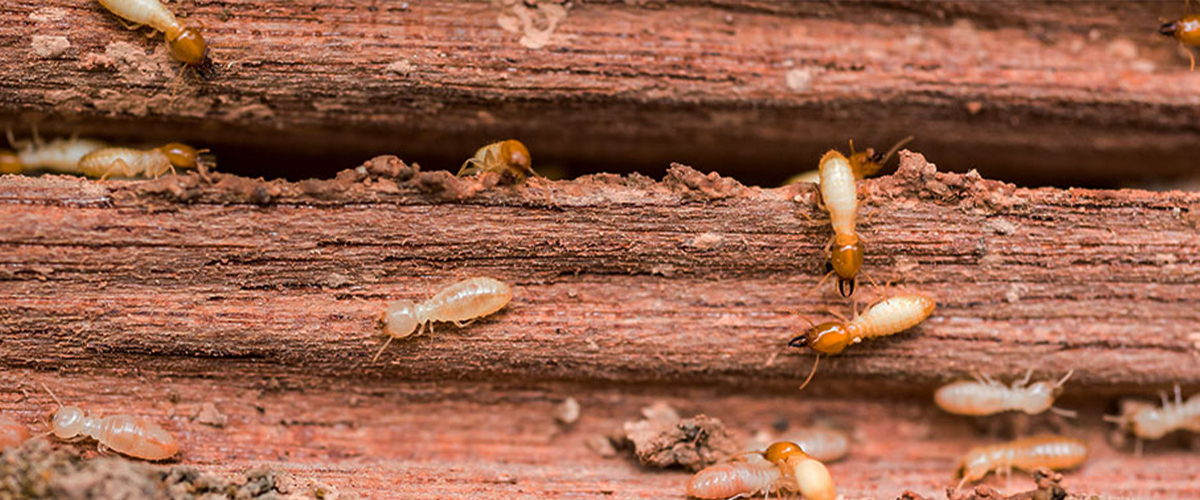Termites Silent Destroyers of Homes and Ecosystems Termites, frequently called the” silent destroyers,” are bitsy insects that apply enormous power when it comes to altering ecosystems and wreaking annihilation on mortal structures. Despite their small size, termites play a significant part in the natural world, acting as both decomposers and engineers of complex underground colonies. still, their capability to consume wood and other cellulose-grounded accouterments can pose serious trouble to homes, structures, and agrarian crops. In this composition, we will claw into the fascinating world of termites, exploring their biology, geste, ecological significance, and the styles used to control their populations.
Biology and Behavior
Termites belong to the order Isoptera, which includes further than 2,700 species worldwide. These insects are frequently incorrect for ants due to their analogous appearance, but they’re more nearly affiliated with cockroaches. Termites generally measure between1/4 and1/2 inch in length, depending on the species, and are pale or white in color.
One of the most distinctive features of termites is their social association. These insects live in largely structured colonies that can contain millions of individualities. Within each colony, termites are divided into gentries, including workers, dogfaces, and reproductives( also known as scrum). Workers are responsible for rustling, erecting and repairing the nest, and minding the youth. Dogfaces defend the colony against bloodsuckers, primarily ants. Reproductives are soared individualities that crop from the colony in masses to mate and establish new colonies.
Termites are known for their capability to consume cellulose, the main element of factory cell walls. They negotiate this feat with the help of symbiotic microorganisms, primarily bacteria, and protozoa, living in their guts. These microbes break down cellulose into simpler composites that termites can digest, furnishing them with essential nutrients.
Termites are largely adaptable insects set up in nearly every region of the world, from tropical rainforests to temperate woods and indeed comeuppance. They thrive in surroundings where humidity and wood are abundant, making them common occupants of timbers, downs, and civic areas.
Types of Termites

Termites are fascinating insects belonging to the order Isoptera, known for their significant ecological places and frequently mischievous impacts on mortal structures. With over 2,800 species linked worldwide, termites parade a remarkable diversity in their geste, ecology, and appearance. Understanding the different types of termites is pivotal for effective pest operation and ecological conservation sweats. In this composition, we claw into the colorful types of termites, their characteristics, territories, and ecological significance.
1. Subsurface termites
subsurface termites are among the most destructive termite species encyclopedically, causing billions of bones in property damage annually. These termites thrive in underground colonies and construct intricate lair systems to pierce their food sources. They primarily feed on cellulose-rich accouterments like wood, which makes them notorious pests in domestic and marketable structures.
Characteristics
- Subsurface termites generally have pale, soft bodies with straight antennae.
- They form large colonies conforming to workers, dogfaces, and reproductive individualities.
- These termites calculate humidity for survival and frequently make slush tubes to maintain the necessary moisture situations.
- Their colonies can contain hundreds of thousands to millions of individualities, allowing them to beget expansive damage to rustic structures.
Habitat
- Subsurface termites inhabit soil and prefer wettish surroundings, making them generally set up in timbers, champaigns, and civic areas.
- They make their nests underground and probe for food above ground, traveling through slush tubes to cover themselves from bloodsuckers and desiccation.
Ecological Significance
- Subsurface termites play pivotal places in nutrient cycling and soil structure by breaking down dead factory material.
- They aerate the soil through their tunneling conditioning, which enhances water infiltration and promotes factory growth.
- still, their impact on mortal structures frequently overweighs their ecological benefits, challenging effective control measures.
2. Drywood Termites

Drywood termites differ from subsurface species in their nesting habits and salutary preferences. rather than counting on soil and humidity, dry wood termites establish colonies within the wood they consume, posing significant challenges for discovery and control.
Characteristics
- Drywood termites have robust, sanguine-brown bodies and short, straight antennae.
- They don’t bear direct contact with soil and can overrun dry wood set up in structures, cabinetwork, and other rustic structures.
- Unlike subsurface termites, drywood termites don’t make slush tubes and produce characteristic fecal bullets known as” frass” that accumulate near overran wood.
Habitat
- Drywood termites inhabit dry, sound wood and can be set up in colorful settings, including homes, cabinetwork, and rustic institutions.
- They establish colonies within the wood, creating chambers for egg-laying, feeding, and sanctum.
Ecological Significance

- While dry wood termites contribute to the corruption of dead wood in natural ecosystems, their impact on mortal structures can be severe.
- Infestations in structures and cabinetwork frequently bear expansive treatment and form, pressing the profitable significance of managing these pests effectively.
3. Dampwood Termites
Dampwood termites, as their name suggests, thrive in wettish surroundings and primarily feed on wood with high humidity content. While they’re less common pests in civic settings compared to subsurface and dry wood termites, damp wood termites can beget significant damage in certain regions.
Characteristics
- Dampwood termites are larger in size compared to other termite species, with stretched bodies and prominent bills.
- They’re attracted to wood with high humidity situations, similar to decaying logs, tree wholes, and damp structural wood.
Habitat
- Dampwood termites prefer sticky territories and are generally set up in timbers, littoral areas, and regions with high downfall.
- They establish colonies in damp wood, frequently close to the ground or water sources.
Ecological Significance
- In natural ecosystems, damp wood termites contribute to the corruption of dead and decaying wood, easing nutrient recycling.
- still, they can pose challenges in forestry operations and timber products by damaging living trees and gathered wood products.
4. Conehead Termites
Conehead termites, also known as Nasutitermes corniger, are a unique termite species native to the Caribbean but have lately become invasive in certain corridors of the United States. Unlike other termites, conehead termites don’t make underground colonies but construct upstanding nests suggesting large cones.
Characteristics
- Conehead termites have stretched heads with distinctive taste, or cone-shaped, protrusions used for defense and communication.
- They parade aggressive rustling geste and can fleetly overrun structures and geographies.
Habitat
- Conehead termites generally nest in trees, shrubs, and other aboveground structures, constructing conspicuous nests made of soil, fecal matter, and slavers.
- They can also establish colonies in structures, causing expansive damage to rustic factors.
Ecological Significance
Conehead termites have the eventuality to disrupt ecosystems and alternative territories when introduced to new areas.
Their invasive geste poses pitfalls to agrarian crops, timbers, and civic geographies, challenging rapid-fire response and control measures to help further spread.

Termites parade remarkable diversity in their biology, geste, and ecological places. While some species play vital places in nutrient cycling and ecosystem dynamics, others pose significant challenges as destructive pests in civic and pastoral surroundings. Understanding the different types of termites and their territories is essential for enforcing effective operation strategies to alleviate their impacts on mortal structures and natural ecosystems.
Control styles
Controlling termite populations requires an intertwined approach that targets both the colony and individual termites. Several styles are generally used to manage termite infestations, including chemical treatments, physical walls, baiting systems, and artistic practices.
Chemical treatments involve the operation of germicides in the soil around a structure or directly to overran areas. These treatments can produce a chemical hedge that prevents termites from entering or exiting the structure. still, some chemical treatments may pose pitfalls to mortal health and the terrain, so it’s essential to follow safety guidelines and regulations.
Physical walls, similar to essence mesh defences or plastic walls, can be installed during construction to help termites from penetrating vulnerable areas of a structure. These walls can also be retrofitted to being structures to discourage termite infestations.
Baiting systems are another effective system of termite control. Baits correspond to poisonous substances that are consumed by termites and carried back to the colony, where they participate with other members. Over time, the bait can exclude the entire colony, leading to long-term control of termite populations.
Artistic practices, similar to reducing humidity situations around a structure and removing wood debris from the vicinity, can also help prevent termite infestations. By barring food and water sources, homeowners can make their parcels less seductive to termites.
Conclusion
Termites are remarkable insects with a complex social structure and a significant impact on both natural ecosystems and mortal structures. While they play a vital part as decomposers and ecosystem masterminds, termites can beget expansive damage when they foray into homes and structures. Effective operation of termite populations requires an intertwined approach that combines chemical treatments, physical walls, baiting systems, and artistic practices. By understanding the biology and geste of termites, homeowners, and pest control professionals can work together to cover structures and minimize the impact of these silent destroyers.




